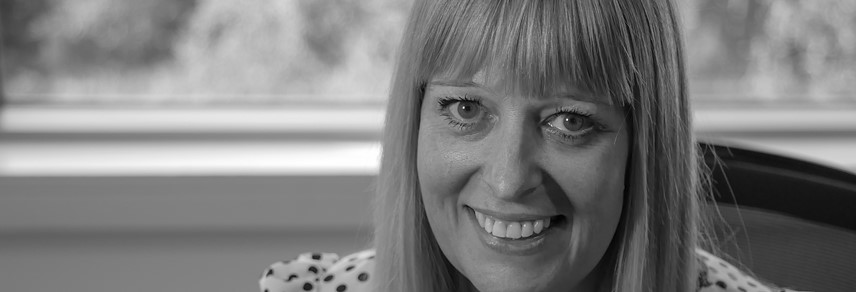
WELLBEING IN THE WORKPLACE
Dr Tracey Leghorn, chief HR and H&S officer at SUEZ recycling and recovery UK, discusses wellbeing strategy and how organisations can best support employees mental and physical health.
How do you unwind from a busy workday? What would you do if your boss asked you to: ‘Take an hour off to do something that will improve your wellbeing’?
I know what many of my team did as they were keen to share their Wellness Hour with colleagues. Many headed out to the nearest park, beauty spot or the sea front, depending on where they lived. Some walked their dog or went on a bike ride. Others chose a quiet hour with a book. After a particularly busy period for HR in the height of the pandemic, the Wellbeing Hour provided my team with space to ‘take a breath’ in an otherwise intense work-day routine. As HR, we are the conscious of the organisation, we must set the standards and demonstrate our company’s commitment to a good work/life balance by leading by example.
Walking in a forest near my home is important to my mental and physical wellbeing. When I’m alone away from distractions, it’s where I do my best thinking too. Finding time for that mental space opens up opportunities for re-balancing thoughts and emotions and for creativity. I do my best thinking when I’m out walking. And that’s just a small part of the business case for employers creating a culture that’s open and supportive about wellbeing.
The cost of ignoring or downplaying mental health is onerous for companies as well as employees. Consultant’s Deloitte and the charity MIND (for the government-commissioned Stevenson-Farmer Review), updated its analysis of mental health impacts in January 2020. They discovered greater support for employees, particularly in larger organisations. Social awareness of mental health issues had risen, thanks to some high-profile campaigns. So, the level of stigma at work around mental illness had, thankfully, fallen.
That was the good news. In contrast they found that our increased use of technology had created an ‘always-on’ culture with detrimental effects for employees’ wellbeing. People were working longer hours and feeling unable to disconnect. ‘Presenteeism’ had also increased and, as a result, was impacting on their performance. And all this was occurring before the pandemic. So, it’s disturbing that a new poll shows that one-in-four employees said their employer had not checked in on their mental health since the pandemic began.
This is not the position we have taken at SUEZ UK. We have rolled out a comprehensive ‘Wellness for All’ programme. It covers eight domains of wellness identified by our employees. Mental health is one and we have trained over 600 of our people in mental health awareness and emotional resilience. Our Board have also held focus group discussions with employees who have experienced mental health problems to learn from their ‘lived-experiences’, to discuss what support they received at work and what more we can do. We have also shared employees’ experiences via video blogs, so that colleagues can encourage other colleagues to feel more confident about asking for support if they need it.
So, what advice would I give to organisations starting out on their wellbeing journey? Firstly, take time to talk to your people about what support they want, don’t assume that you know. Ensure that your programme is employee-driven; that it belongs to them and make sure you have the right workplace climate for wellbeing to flourish. Employees reject wellbeing initiatives if they don’t feel their organisation cares for them in their day-to-day work. Obvious, you may think, but it is amazing how many organisations look to wellbeing strategies, when they haven’t yet got the basics right.



